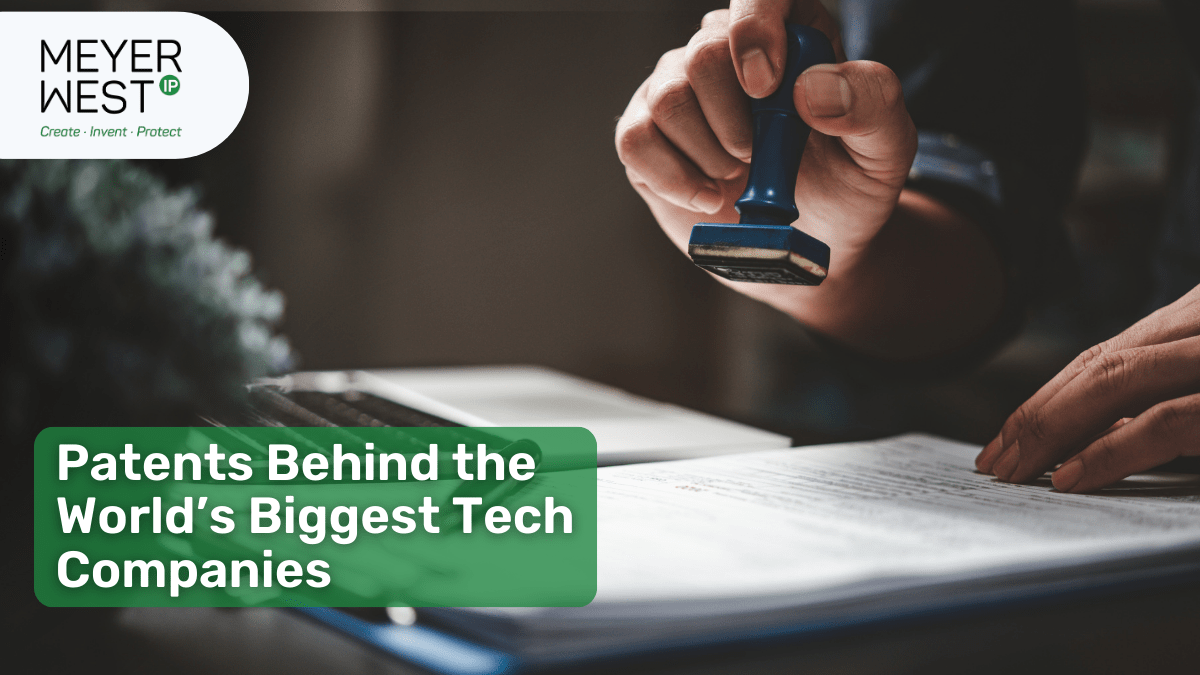Patents Behind the World’s Biggest Tech Companies

Everyday Products with Surprising IP Histories
October 3, 2025Patents have become the hidden engines powering innovation and market control among the world’s leading tech giants. By strategically filing, enforcing, or even open-sourcing their patents, companies like Apple, Google, Tesla, OpenAI, and others have carved out defensible positions that stifle competition, shape industry standards, and drive long-term growth.
Apple’s Expansive Patent Arsenal
Apple holds thousands of granted patents and tens of thousands of pending applications worldwide, covering every layer of its ecosystem—from SoC architecture and wireless protocols to haptic feedback and health-sensor algorithms. By mapping each innovation to a patent, Apple transforms R&D outputs into enforceable assets that drive sustained competitive advantage across multiple product cycles. This breadth ensures that competitors must navigate around Apple’s protected ideas if they hope to match its tight hardware-software integration.
Defensive Shields: Litigation Insurance
Beginning with its landmark litigation against Samsung in 2011, Apple has wielded its patent portfolio as a shield against both patent trolls and aggressive competitors. By maintaining robust cross-licensing agreements and a stockpile of high-value patents, Apple can deter adversaries from filing infringement suits—knowing any claim risks a counter-attack backed by thousands of patents. This approach also lowers overall litigation costs and amplifies Apple’s bargaining power in settlement talks.
Offensive Strikes: Licensing and Enforcement
Apple doesn’t shy away from enforcing its IP. Multibillion-dollar judgments against Samsung over multitouch and design-patent infringements sent a clear message: even minor feature overlaps can trigger substantial damages. Beyond the courtroom, Apple selectively licenses key technologies through its MFi (Made for iPhone/iPad) program—collecting royalties on Lightning connectors, AirPlay components, and Beats audio integrations. These licensing fees generate hundreds of millions annually, reinforcing Apple’s revenue streams beyond device sales.
Design Patents: Protecting Aesthetic Innovations
Design patents occupy a central role in Apple’s strategy. Rather than just patent functional breakthroughs, Apple aggressively patents every visible component—from the rounded corners and grid layout of the iPhone to the silhouette of its Apple Store storefront. These ornamental patents enable Apple to claim infringement on even the subtlest design cues, effectively raising the bar for anyone trying to emulate its signature look. Critics argue this “win-at-all-costs” approach can stifle broader innovation by criminalizing minor aesthetic resemblances.
Google: Patents as Insurance and Market Protector
After high-stakes litigation with Oracle over Java APIs, Google shifted to an aggressive patent acquisition strategy to shield itself from patent trolls and lawsuits. By building a robust portfolio, Google transformed patents into a form of litigation insurance, safeguarding Android and its ad-tech systems against challenges.
Beyond protection, Google’s patents in areas like page-ranking algorithms and personalized search play a defensive role by discouraging newcomers from replicating its core services. This patent-backed moat, combined with a superior algorithm and economies of scale, has helped Google dominate internet search and advertising globally.
Tesla: Open-Source Yet Openly Patent-Rich
Tesla’s 2014 “patents are ours, open to you” pledge was a masterstroke in strategic signaling. Publicly, it professed open collaboration; privately, it required any user of Tesla’s patents to forgo lawsuits against Tesla—creating mutual non-aggression alliances and extending Tesla’s influence across the electric-vehicle ecosystem.
Behind the gesture, Tesla amassed more than 4,200 global patent assets covering batteries, vehicle architectures, power electronics, and autonomous driving systems. This diverse portfolio not only deterred encroachment but also provided tangible assets to enforce when partners or competitors stepped out of line.
OpenAI: Selective Patenting in the Age of AI
OpenAI takes a different tack. With just 37 active patents worldwide, the company focuses on safeguarding critical alignment, security, and training innovations while embracing open research. All patents are deliberately used to promote collaboration, broad access, and safe development of AI—rather than for broad enforcement campaigns.
By patenting only the most mission-critical methods, OpenAI balances protecting its breakthroughs (like reinforcement learning with human feedback) and fostering an open ecosystem where researchers can build on foundational work without fear.
The Bigger Picture: Other Patent Titans
Beyond these household names, companies like IBM, Samsung, Tencent, and Microsoft wield enormous patent arsenals to shape entire industries. For instance, Tencent and Baidu each hold over 9,000 active AI-related patent families, while IBM maintains more than 7,000 globally cited AI patents—underscoring how patents can signal technological leadership and set innovation trajectories across sectors.
Patents are far more than legal documents: they’re strategic levers. Tech giants use them to:
- Establish industry standards and force competitors to follow.
- Create defensive shields against costly litigation.
- Unlock licensing revenue and strategic partnerships.
- Signal R&D superiority to investors and markets.
As new fields like quantum computing, augmented reality, and generative AI accelerate, the companies that align their patent strategies with broader business goals will continue to dominate global markets.
